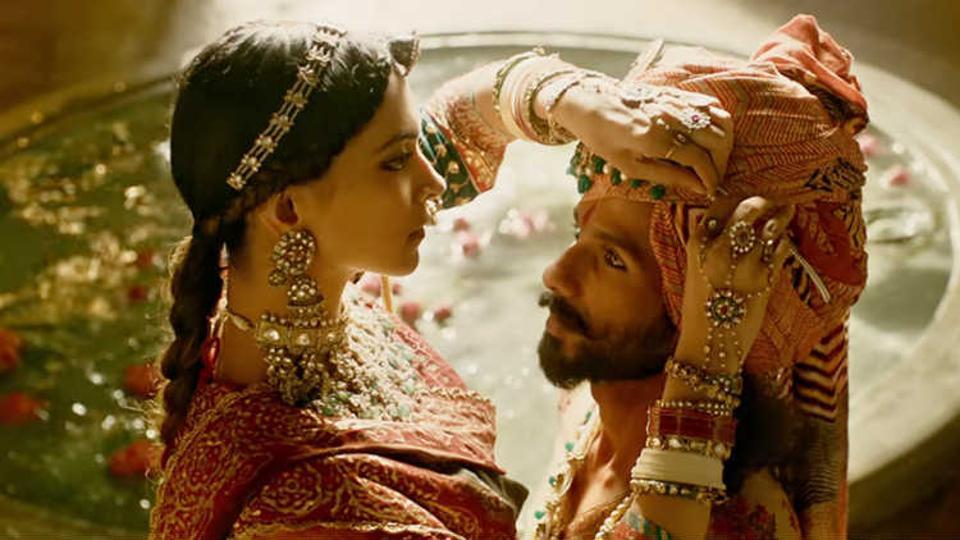After Bajirao Mastani, it’s quite evident that period films are child’s play for Indian director Sanjay Leela Bhansali. He so effortlessly creates his latest film, Padmaavat with as much, if not more, glamour and skill. The film is based on the fictional poem written by Sufi poet Malik Muhammad Jayasi, surrounding the Delhi Sultan Allaudin Khilji’s desire for Padmaavati, the wife of a brave and righteous Rajput King Ratan Singh.
Yet the film was surrounded in controversies which didn’t end until the film was released. ‘Rajput’, is a caste found in the Indian state of Rajasthan, primarily known for their warriors and bravery and the ‘Karni Sena’, a group who fight for Rajput rights, believe that the group has been portrayed as ‘weak’ by the film. Their argument is that the film is distorting Rajput history and hurting Rajputana sentiments and as a result their actions included destroying movie sets, assaulting directors and they have also been accused of stoning a school bus. The group have spent months attempting to ban the film’s release and threatening to behead Deepika Padukone’, the film’s lead actress. While these stunts may only be for publicity in some cases, after Supreme Court approval in January the movie opened to the public.
Bhansali’s movies are an experience in themselves, not simply a film. The costumes, the lighting, the cinematography, the sets all successfully and indulgently enter you into his world. While its plot is simple this is elegantly heightened and exaggerated through the lavish sets and cinematography. The beautifully articulated dialogue and its apt execution by the characters are typical of Hindu and Urdu film. The music, like in every Bhansali film, was timeless. Be it the upbeat ‘Ghoomar’ or soulful ‘Ek Dil Ek Jaan’ (One heart, one soul), it’s impossible to not be awed by how beautifully the music was composed.
https://www.youtube.com/watch?v=8YaF2m7hCx0
Coming to actors’ performances, it’s not a surprise that Ranveer Singh was the single element that remained effervescent throughout the film each element of his performance and he essays the role of Khilji so brilliantly that it is impossible to feel nothing but hate towards him. His confidence, zeal and zest shine throughout the film and it’s hard to imagine anyone else play the role of Khilji apart from Singh. Deepika Padukone and Shahid Kapoor were also excellent, and brought out the sentiment of ‘Rajput pride’ rather charmingly.
Despite this there were parts that let the film down such as the portrayal of Muslims as evil and blood hungry which perpetuted a problematic global narrative. In fact, at certain points of the film, it seemed Ratan Singh and Allaudin Khilji were quite similar for the both of them desired Padmaavati. The only difference was that one of them was Hindu, and the other Muslim. The film also ended with the controversial act of ‘Jauhar’ which was a mass self-immolation Hindu women practiced in ancient times to escape from the brutalities of Muslim rulers. Bhansali has been accused of glamorizing the act and it seems the only explanation for this is an attempt at historical accuracy.
It is saddening that artists may receive such violent backlash towards their work. Yet without our actions and demand that art be made yet remain responsible for what it perpetuates such art will never be made. This was not the first controversial Indian film, and it definitely will not be the last.
Srika Nambiar
(Image courtesy of Coconuts Kuala Lumpur)

